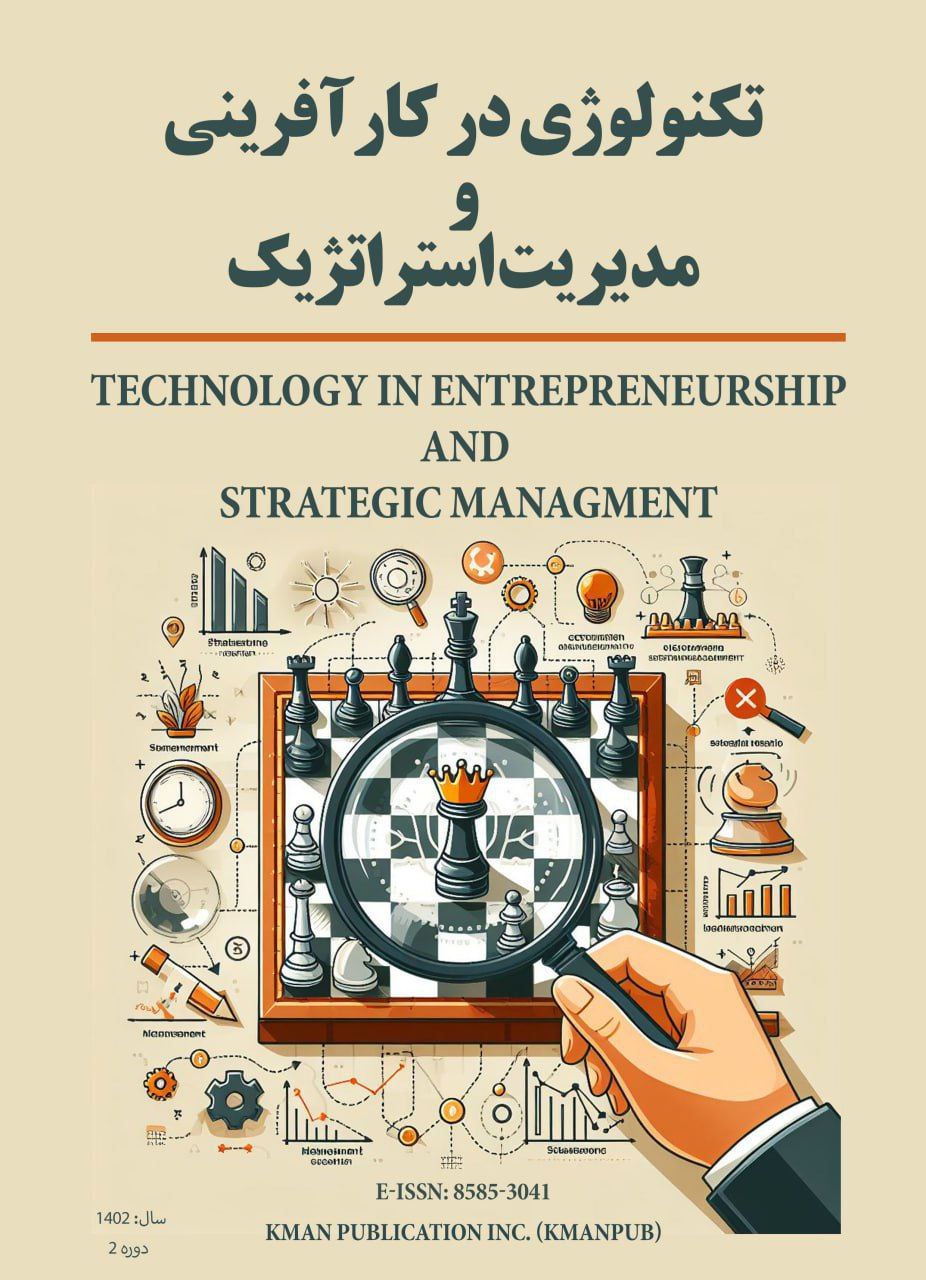The Use of Wearable Technologies in Managing Entrepreneurs' Health in the Workplace
Keywords:
Wearable technologies, health management, entrepreneurs, work productivity, workplaceAbstract
The objective of this study is to explore the role of wearable technologies in enhancing health and productivity among entrepreneurs in the workplace. This qualitative study collected data through semi-structured interviews with 24 entrepreneurs. Data analysis was conducted using qualitative content analysis. Five main themes were identified: use of wearable technologies, impact on work productivity, innovation in the workplace, work-life balance, and sustainability of entrepreneurs' health. Each theme comprised several sub-categories and related concepts. Wearable technologies can play a significant role in improving health and increasing productivity among entrepreneurs in the workplace. However, their use should consider challenges related to privacy and data security.
Downloads
References
Bailey, C., Walker, R., Hill, B., Hills, A. P., Venn, A., & Skouteris, H. (2019). Preconception Health and Wellbeing
Interventions in the Workplace: A Systematic Review. https://doi.org/10.21203/rs.2.12690/v1
Kenny, L., Moore, K., O’Riordan, C., Fox, S., Barton, J., Tedesco, S., Sica, M., Crowe, C., Alamäki, A., Condell, J., Nordström,
A., & Timmons, S. (2022). The Views and Needs of People With Parkinson Disease Regarding Wearable Devices for
Disease Monitoring: Mixed Methods Exploration. Jmir Formative Research. https://doi.org/10.2196/27418
Khakurel, J., Melkas, H., & Porras, J. (2018). Tapping Into the Wearable Device Revolution in the Work Environment: A
Systematic Review. Information Technology and People. https://doi.org/10.1108/itp-03-2017-0076
Patel, V., Chesmore, A., Legner, C., & Pandey, S. (2021). Trends in Workplace Wearable Technologies and Connected‐Worker
Solutions for Next‐Generation Occupational Safety, Health, and Productivity. Advanced Intelligent Systems.
https://doi.org/10.1002/aisy.202100099
Robinson, S. C. (2018). No Exchange, Same Pain, No Gain: Risk–reward of Wearable Healthcare Disclosure of Health
Personally Identifiable Information for Enhanced Pain Treatment. Health Informatics Journal.
https://doi.org/10.1177/1460458218796634
Romero, D., Mattsson, S., Fast-Berglund, Å., Wuest, T., Gorecky, D., & Stahre, J. (2018). Digitalizing Occupational Health,
Safety and Productivity for the Operator 4.0. https://doi.org/10.1007/978-3-319-99707-0_59
Schall, M. C., Sesek, R., & Cavuoto, L. (2018). Barriers to the Adoption of Wearable Sensors in the Workplace: A Survey of
Occupational Safety and Health Professionals. Human Factors the Journal of the Human Factors and Ergonomics Society.
https://doi.org/10.1177/0018720817753907
Smith, E. R., Santoro, E., Moraveji, N., Susi, M., & Crum, A. J. (2020). Integrating Wearables in Stress Management
Interventions: Promising Evidence From a Randomized Trial. International Journal of Stress Management.
https://doi.org/10.1037/str0000137
Yin, Q., Obonyo, E., Eskandrani, A., & Zhao, J. (2022). Success Factors to Large-Scale Adoption of Wearable Technology for
Musculoskeletal Disorders (MSDs) Prevention: A Case Study. Iop Conference Series Earth and Environmental Science.
Downloads
Published
Submitted
Revised
Accepted
Issue
Section
License

This work is licensed under a Creative Commons Attribution-NonCommercial 4.0 International License.











